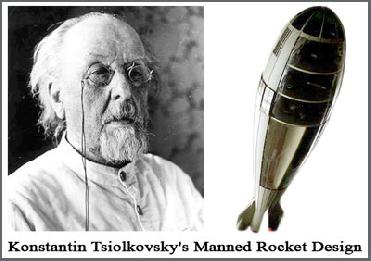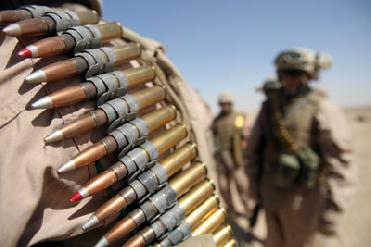
By Suman Chowdhury
Russian-born scientist and mathematician Konstantin Eduardovitch Tsiolkovsky (September 17, 1857 – September 19, 1935) is often referred to as the father of astronautics and human spaceflight. His visionary ideas for the future of humanity in space were far ahead of his time.
Tsiolkovsky was very much interested in the philosophy of space and also in the engineering needed to make space flight possible.
Konstantin Tsiolkovsky theorised many aspects of human space travel and rocket propulsion decades before others, and played an important role in the development of the Soviet and Russian space programmes.
It was Tsiolkovsky who first determined that the escape velocity from the Earth into orbit was 8 km/second and that this could be achieved by using a multi-stage rocket fueled by liquid oxygen and liquid hydrogen.
He believed that vehicles moved by reactive propulsion were the most promising way of reaching the space and moving in vacuum. Later he outlined basic principles on rocket engine construction, including the use of liquid hydrogen and oxygen for propulsion and attitude thrusters for control.
The equation relating the movement of an ideal rocket with its mass, the mass of the fuel and the exhaust velocity is named after Tsiolkovsky. The Tsiolkovsky rocket equation, or ideal rocket equation, is a mathematical equation that relates the delta-v with the effective exhaust velocity and the initial and final mass of a rocket.
The scientist also conducted an extensive research to prove that various forms of reasonable life can exist in low-oxygen matter. Those forms of life can be of a higher level in comparison with the human civilisation. Kostantin Tsiolkovsky asserted that the Universe is controlled, that everything in the Universe is reasonable and rational, although people can hardly understand this.
He believed that colonising space would lead to the perfection of the human race, with immortality and a carefree existence. His theories on space travel predicted the creation of permanent orbital stations powered by solar energy.
He foresaw elements of the space community in his book "Beyond Planet Earth". In the book, Tsiolkovsky expanded his description of the manned space station to include rotation for artificial gravity, use of solar energy, and even a space "greenhouse" with a closed ecological system.
Another concept which was coined by Tsiolkovsky was the space elevator. He proposed a free-standing "Tsiolkovsky" tower reaching from the surface of Earth to geostationary orbit. A space elevator, in general, is a proposed structure designed to transport material from a celestial body's surface into space.
During his life time he published over 500 works related to space travel including some science fiction novels.
Among his works are designs for the construction of space rockets and ideas for steerable rocket engines, multi-stage boosters, space stations, airlocks for exiting a spaceship into the vacuum of space, and closed cycle biological systems to provide food and oxygen for space colonies. This is a remarkable achievement by any standards, but particularly as many of these documents were written before the first aeroplane flight and, by a man who had to abandon his formal education at the age of 10.
Tsiolkovsky's research was hardly known outside of the country, but it gave inspiration to domestic scientists. His works inspired leading Soviet rocket engineers such as Sergey Korolyov and Valentin Glushko and also contributed to the early success of the Soviet space programme.
His greatest love was imagining humanity’s limitless future in outer space. There is a crater on the Moon named after the Russian scientist called the Tsiolkovsky Crater.
"Earth is the cradle of humanity but one cannot live in the cradle forever - Konstantin E. Tsiolkovsky."
- Courtesy:
Russia Today
ESA
 Previous Article
Previous Article Next Article
Next Article













The Indian Air Force, in its flight trials evaluation report submitted before the Defence Ministry l..
view articleAn insight into the Medium Multi-Role Combat Aircraft competition...
view articleSky enthusiasts can now spot the International Space Station (ISS) commanded by Indian-American astr..
view article